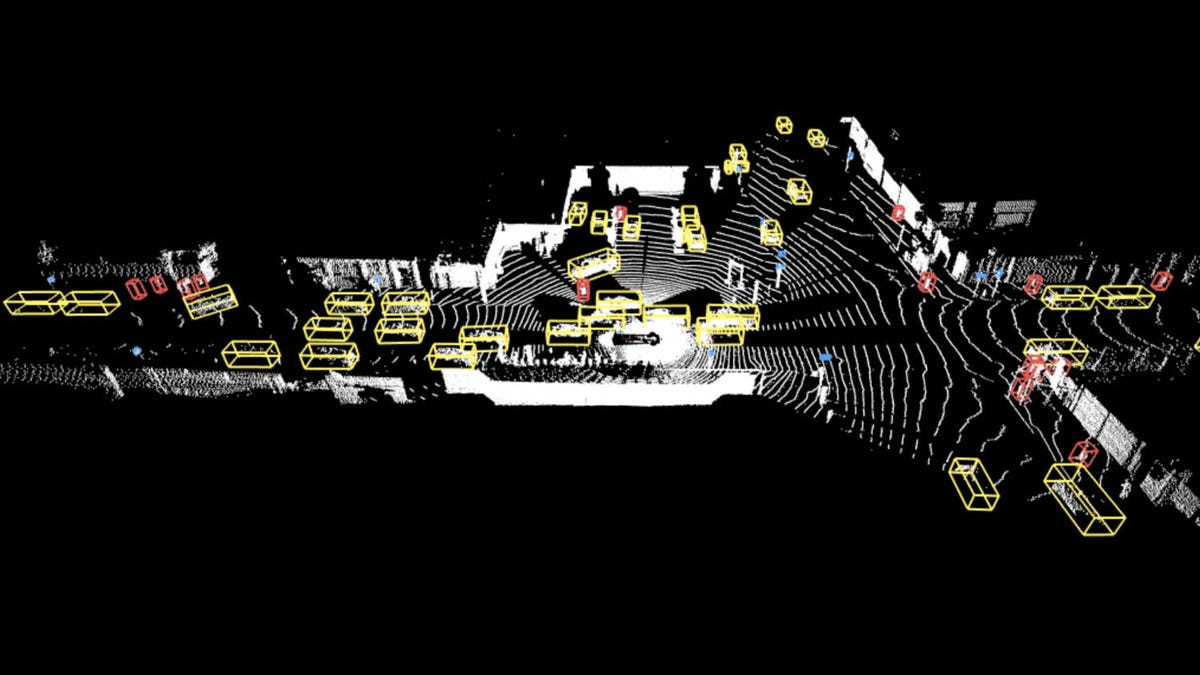Waymo shares its treasure chest of self-driving car data
The data is open to all researchers -- for free.

Nice guy Waymo will share its data with anyone.
Following in the footsteps of Argo AI and Aptiv, Waymo will provide its self-driving car data to researchers at no cost. The move will hopefully allow for additional breakthroughs in autonomous-vehicle technology -- and there's an awful lot of data for researchers to comb through.
Waymo, Alphabet's self-driving-car subsidiary, made the announcement on Wednesday and said all of its shareable data will be included in the Waymo Open Dataset. In the dataset, autonomous technology researchers will find oodles of high-resolution sensor data sourced directly from Waymo self-driving car prototypes.
This first release includes 1,000 driving segments and each segment measures 20 seconds long. While that may not sound like a lot of time, consider how much data Waymo autonomous cars record in any given second. In each 20-second segment there are 200,000 frames for researchers to analyze in high resolution. There's also a whole bunch of lidar frames and images that label other vehicles, pedestrians, street signs and many other things Waymo's fleet of self-driving cars encountered on their drives.
Waymo test vehicles don't only practice in perfect weather, either. Footage included will provide data from rainy drives and varies from urban areas to mountain drives. Researchers will also have access to data collected during nighttime tests, too.
A whopping 12 million 3D labels and 1.2 million 2D labels are included in the dataset from footage. But why is this all important? It gives researchers the ability to take real-life testing to potentially build models that predict other motorists and pedestrians' behaviors. If technology can better predict that a driver plans to abruptly change lanes, for example, it makes a self-driving car that much smarter, as it knows to slow down or perhaps move out of the way. Researchers will also find camera and lidar synchronization that helped build Waymo's own 3D perception models.
With the data dump, the company hopes others can contribute to the budding autonomous sector, but it could also benefit advances in other areas such as robotics.

